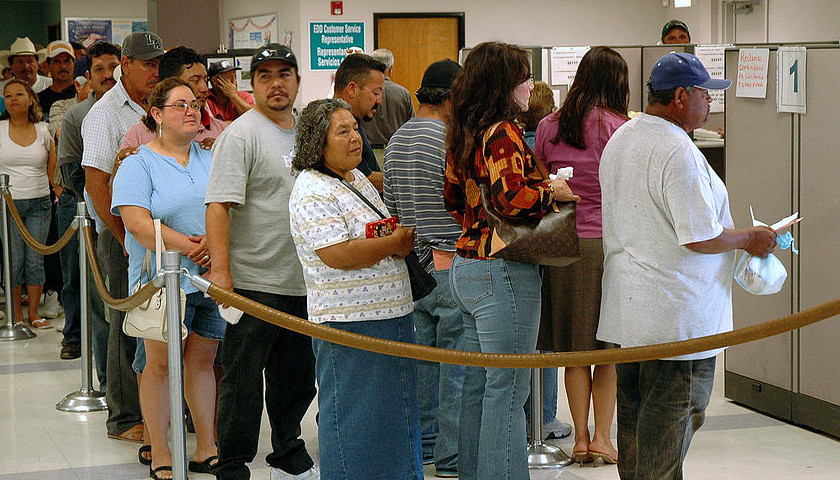by Ken Bredemeier
About half of the millions of U.S. workers laid off by the coronavirus pandemic could end up earning more out of work than when they had a job, new analyses of jobless benefits show.
As part of the U.S. recovery effort, the government is sending an extra $600 a week to laid-off workers through the end of July to augment widely varying unemployment payments normally paid jobless workers by each of the 50 states.
On average, the states pay unemployed workers 45% of what they were earning. But with the extra coronavirus payments, the Labor Department says the payments should increase over the coming weeks from the average $377.97 a week that was paid late last year to $978.
While the extra payments will help jobless workers in the short term, the higher pay could end up stalling the U.S. recovery.
Laid-off workers who are earning more out of work will have no immediate monetary incentive to return to work if their employers are able to reopen retail stores, restaurants, factories and other businesses before the end of July.
The government says that half of U.S. workers earned less than $957 a week in the first quarter of 2020, meaning less than half made $50,000 a year.
On the other hand, employers could effectively force workers to return by making job openings for laid-off workers contingent on their return by a certain date, even if it was before the $600-a-week payments expire at the end of July.
Workers could ask employers to allow them to remain on furlough through July so they could continue to collect the higher unemployment compensation.
To date, 26 million American workers have been laid off, an unemployment devastation not seen in the U.S. since the Great Depression of the 1930s. Millions more have been added to the unemployment rolls each Thursday over the last five weeks when the government announces its tally from the week before.
Until the pandemic hit the U.S., the jobless rate for the world’s biggest economy had for months been less than 4%. But when the April figure is announced May 8, it is likely to reach well into the teens.





